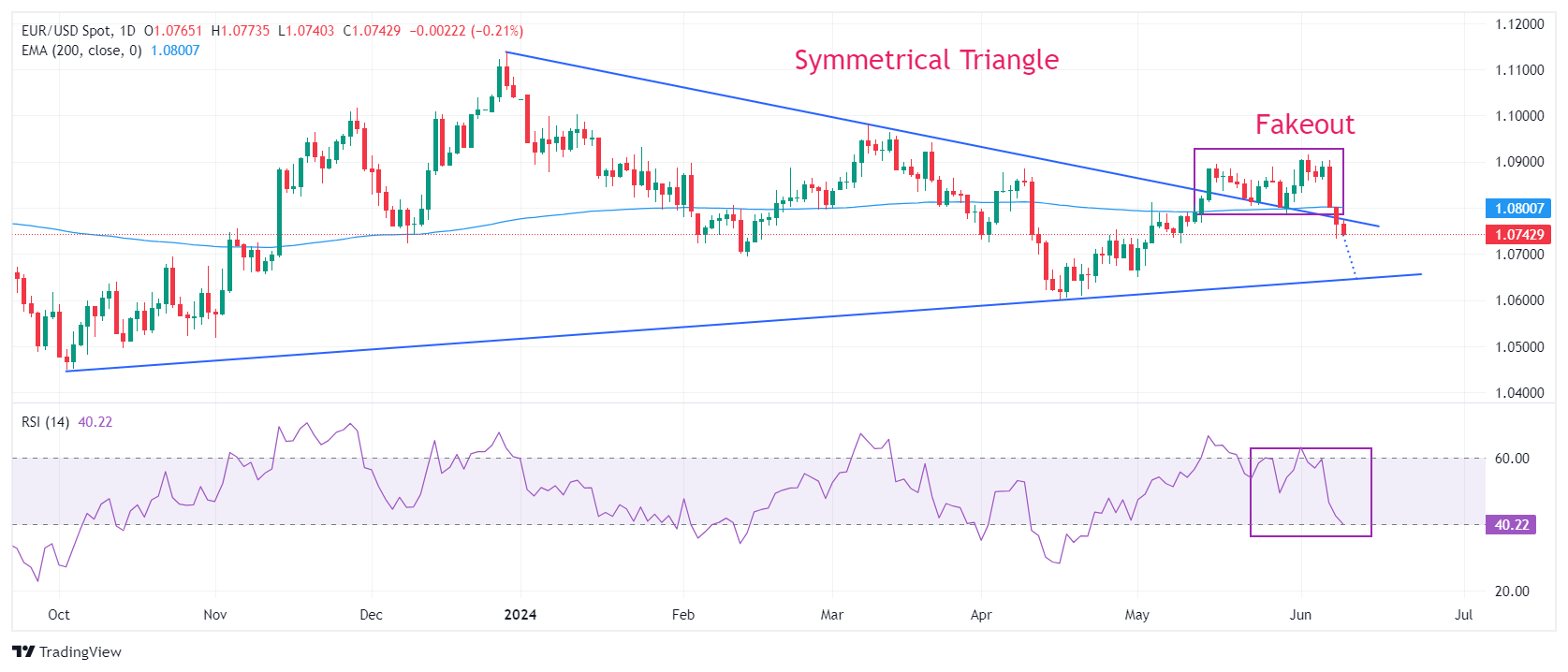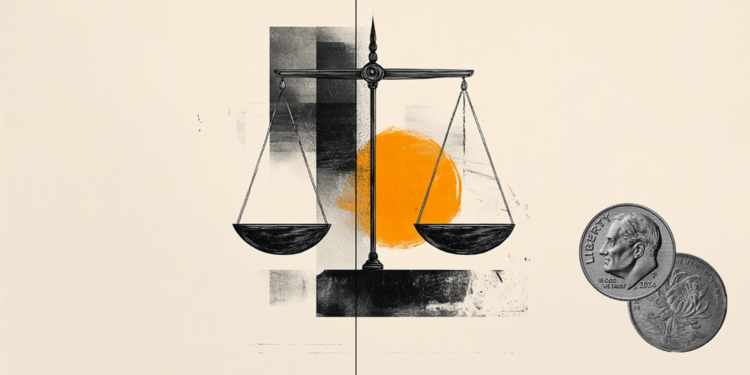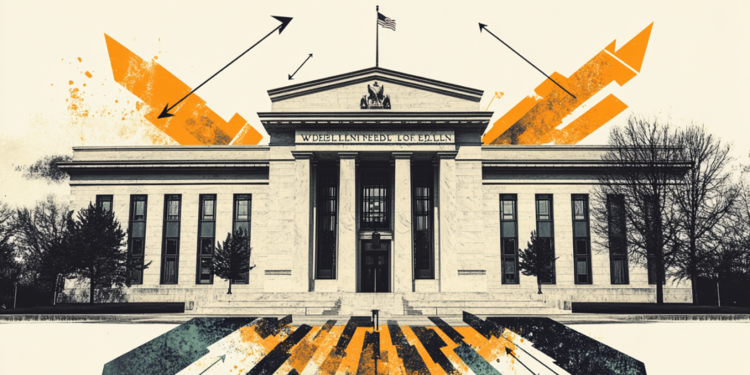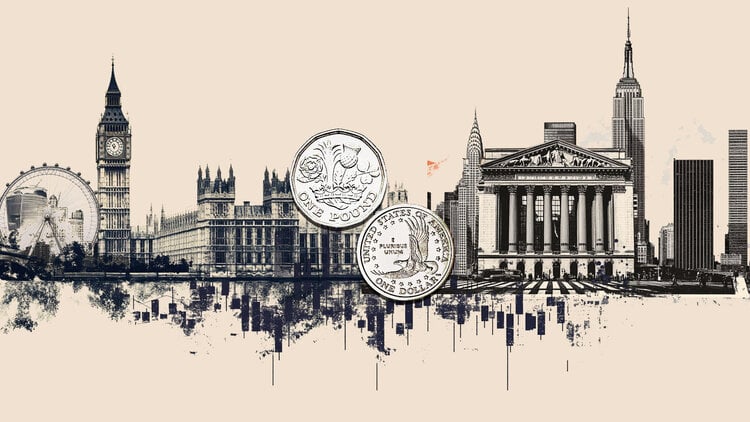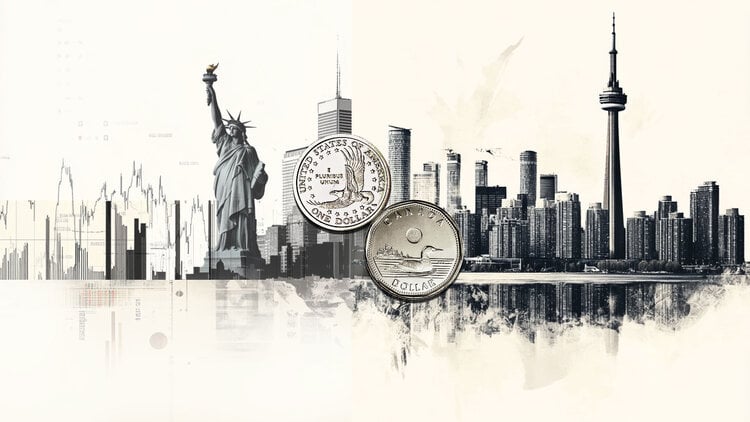- EUR/USD remains lower near 1.0730 as political uncertainty in the European Union weakens the attractiveness of the Euro.
- The ECB refuses to commit to a specific interest rate path.
- US Dollar attractiveness remains firm ahead of Fed decision and US CPI report
EUR/USD shows weakness near the immediate support of 1.0730 in the American session on Tuesday. EUR/USD remains on the defensive as the Euro entered a bearish trajectory following French President Emmanuel Macron’s unprecedented decision to dissolve parliament and call early elections, which affected political stability.
Macron’s decision to call early elections came after exit polls for the EU parliamentary elections showed that seats won by the far-right party led by Jordan Bardella, National Rally, reached 32%. 33%, more than double the votes obtained by Macron’s centrist alliance.
European Central Bank (ECB) policymakers’ cautious approach to the outlook for interest rates also fails to boost the Euro. ECB policymakers fear inflation progress towards the bank’s target could stall as wage growth appears stubborn. On Monday, ECB President Christine Lagarde said in an interview that last week’s rate cut move does not commit to a linear downward path. “There could be periods where we hold rates again,” Lagarde said, according to Reuters.
Daily Moves and Market Drivers: EUR/USD weakens further with focus on US CPI and Fed policy
- EUR/USD falls near 1.0730 as traders focus on US Consumer Price Index (CPI) data for May and the Federal Reserve (Fed) monetary policy decision on Wednesday.
- Annual core inflation, which excludes volatile food and energy prices, is estimated to have slowed to 3.5% from April’s reading of 3.6%. Over the same period, headline inflation is expected to have grown steadily at 3.4%. While monthly headline inflation is forecast to have grown at a slower pace of 0.1% from the previous release of 0.3%, core CPI is estimated to have maintained a steady growth pace of 0.3%. The US CPI report will indicate whether price pressures are on track to return to the desired rate of 2%.
- Meanwhile, the Fed is widely anticipated to keep interest rates steady in the 5.25%-5.50% range for the seventh consecutive time. Investors will therefore pay more attention to Fed Chair Jerome Powell’s press conference and the dot chart, which will indicate where policymakers see the federal funds rate heading. The CME FedWatch tool shows that 30-day federal funds rate pricing data suggests only one rate cut move this year, which could be announced at the November or December meeting.
- Fed policymakers said they want to be sure of sustained progress in the disinflation process before considering rate cuts. They have already warned that premature rate cuts could reignite price pressures. Increasing odds of the Fed maintaining the current interest rate framework for a longer period has improved the attractiveness of the US dollar. The US Dollar Index (DXY), which tracks the value of the Dollar against six major currencies, maintains gains above the crucial support of 105.00.
EUR/USD price today:
PRICE of the Euro Today
The table below shows the percentage change of the Euro (EUR) against the major currencies listed today. The Euro was the strongest against the Australian Dollar.
| EUR | USD | GBP | JPY | CAD | AUD | NZD | CHF | |
|---|---|---|---|---|---|---|---|---|
| EUR | -0.20% | -0.32% | -0.15% | -0.09% | -0.03% | -0.19% | -0.17% | |
| USD | 0.20% | -0.12% | 0.05% | 0.10% | 0.14% | 0.00% | 0.01% | |
| GBP | 0.32% | 0.12% | 0.16% | 0.22% | 0.26% | 0.11% | 0.12% | |
| JPY | 0.15% | -0.05% | -0.16% | 0.05% | 0.08% | -0.07% | -0.05% | |
| CAD | 0.09% | -0.10% | -0.22% | -0.05% | 0.05% | -0.11% | -0.10% | |
| AUD | 0.03% | -0.14% | -0.26% | -0.08% | -0.05% | -0.15% | -0.15% | |
| NZD | 0.19% | 0.00% | -0.11% | 0.07% | 0.11% | 0.15% | 0.01% | |
| CHF | 0.17% | -0.01% | -0.12% | 0.05% | 0.10% | 0.15% | -0.01% |
The heat map shows the percentage changes of the major currencies against each other. The base currency is chosen from the left column, while the quote currency is chosen from the top row. For example, if you choose the Euro from the left column and move along the horizontal line to the US Dollar, the percentage change shown in the box will represent EUR (base)/USD (quote).
Technical Analysis: EUR/USD settles below 200-day EMA
EUR/USD extends its losing streak for the third consecutive trading session on Tuesday. The pair weakened after failing to maintain the breakout of the symmetrical triangle formation, suggesting that the overall trend has turned bearish. The pair has now returned within the triangle formation and is expected to find support at 1.0636, near the ascending order of the chart pattern drawn from the October 3, 2023 low at 1.0448.
The long-term outlook for EUR/USD has also turned negative as prices fell below the 200-day exponential moving average (EMA), which is trading around 1.0800.
The 14-period RSI drops sharply to 40.00. A decisive break below this level would trigger bearish momentum.
The Fed
The monetary policy of the United States is directed by the Federal Reserve (Fed). The Fed has two mandates: achieving price stability and promoting full employment. Your main tool to achieve these objectives is to adjust interest rates. When prices rise too quickly and inflation exceeds the 2% target set by the Federal Reserve, it raises interest rates, increasing borrowing costs throughout the economy. This translates into a strengthening of the United States Dollar (USD), as it makes the United States a more attractive place for international investors to place their money. When inflation falls below 2% or the unemployment rate is too high, the Federal Reserve can lower interest rates to encourage borrowing, which weighs on the greenback.
The Federal Reserve (Fed) holds eight meetings a year, in which the Federal Open Market Committee (FOMC) evaluates the economic situation and makes monetary policy decisions. The FOMC is made up of twelve Federal Reserve officials: the seven members of the Board of Governors, the president of the Federal Reserve Bank of New York, and four of the eleven presidents of the regional Reserve banks, who serve for one year on a rotating basis.
In extreme situations, the Federal Reserve can resort to a policy called Quantitative Easing (QE). QE is the process by which the Fed substantially increases the flow of credit into a clogged financial system. It is a non-standard policy measure used during crises or when inflation is extremely low. It was the Fed’s weapon of choice during the Great Financial Crisis of 2008. It involves the Fed printing more dollars and using them to buy high-quality bonds from financial institutions. QE usually weakens the US dollar.
Quantitative tightening (QT) is the reverse process of QE, whereby the Federal Reserve stops buying bonds from financial institutions and does not reinvest the capital of the maturing bonds it has in its portfolio to buy new bonds. It is usually positive for the value of the US Dollar.
Source: Fx Street
I am Joshua Winder, a senior-level journalist and editor at World Stock Market. I specialize in covering news related to the stock market and economic trends. With more than 8 years of experience in this field, I have become an expert in financial reporting.

